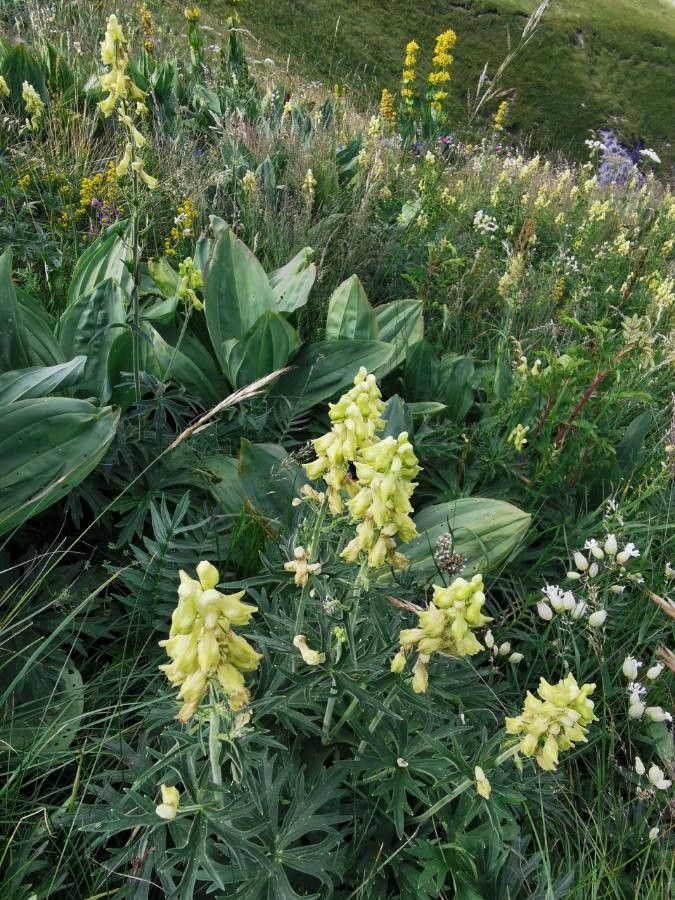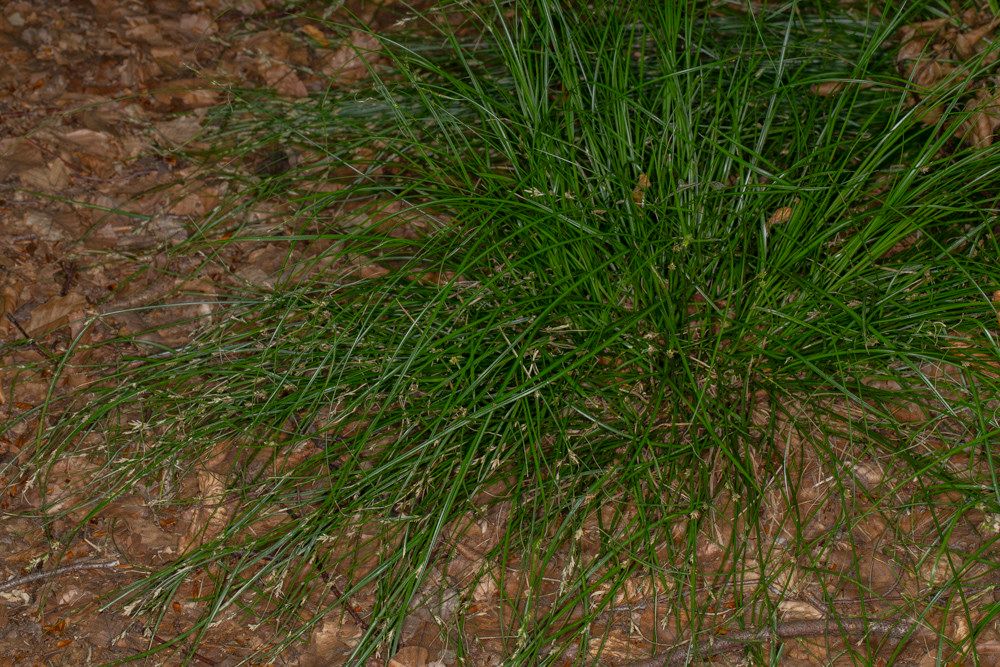## Wolf's-bane: A Bewitching Beauty with a Deadly Secret
Wolf's-bane, also known by its scientific name *Aconitum*, is a captivating genus of flowering plants belonging to the Ranunculaceae family. These plants boast stunning, helmet-shaped flowers in various shades of blue, purple, yellow, and white, making them a visually striking addition to any garden – but their beauty belies a dangerous secret. Wolf's-bane is incredibly toxic, containing potent neurotoxins that can be fatal if ingested, even in small amounts. This article will delve into the fascinating world of Wolf's-bane, exploring its characteristics, habitat, cultivation (with crucial safety warnings), and its place in history and folklore.
### Habitat and Growth
Wolf's-bane thrives in cool, moist environments, typically found in mountainous regions of the Northern Hemisphere. They prefer partial shade and well-drained, slightly acidic soil rich in organic matter. Different species exhibit varied tolerance to sun exposure, with some preferring full sun and others flourishing in shady conditions. Many species are perennial, returning year after year to grace gardens with their striking blooms.
### Identifying Wolf's-bane
Identifying Wolf's-bane requires caution. It's crucial to rely on reputable sources for identification, and *never* handle or consume any plant you cannot positively identify. Key characteristics include the distinctive helmet-shaped flowers, palmate leaves (leaves divided into lobes resembling fingers), and an often tall, sturdy stem. However, variations exist between species, and similarities to other plants can lead to misidentification. Always prioritize safety and consult expert botanical resources.
### Cultivation and Safety Precautions
Cultivating Wolf's-bane requires vigilance. Wear gloves and protective clothing at all times when handling any part of the plant. Avoid touching your face or eyes, and wash your hands thoroughly after contact. Keep the plant out of reach of children and pets. Dispose of any plant debris responsibly, and never burn the plant material, as the toxins can be released into the air.
### Historical and Cultural Significance
Wolf's-bane holds a significant place in history and folklore. Its toxicity has led to its use in various cultures, albeit often tragically, as a poison for hunting or warfare. It has also played a role in traditional medicine, though its dangerous nature requires extreme caution and expert knowledge. The plant's potent symbolism often reflects its dual nature: beauty and danger.
### Conclusion
Wolf's-bane's mesmerizing beauty is undeniable, but its deadly nature demands respect and caution. With proper knowledge and rigorous safety precautions, this striking plant can be appreciated and grown responsibly, but its inherent toxicity must never be overlooked. Always remember to prioritize safety and consult experts for proper identification and handling practices.
Wolf's-bane: The Majestic and Deadly Plant

Frequently Asked Questions
Is Wolf's-bane poisonous to humans?
Yes, all parts of Wolf's-bane are highly poisonous to humans. Ingestion can cause serious symptoms including nausea, vomiting, cardiac arrhythmias, and even death. Skin contact can also cause irritation.
How do I safely handle Wolf's-bane?
Always wear gloves and protective clothing. Avoid touching your face or eyes. Wash your hands thoroughly after contact. Keep the plant out of reach of children and pets. Dispose of plant debris responsibly.


